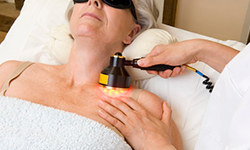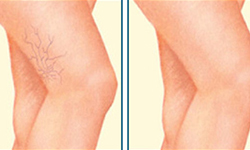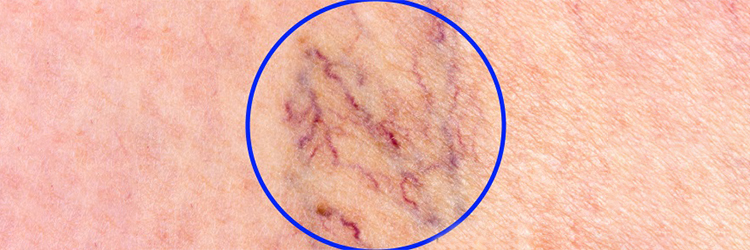Do you feel compelled to hide those bluish-greenish lines on your skin with makeup? Are they coming in the way of your idea of perfect, spotless skin? Spider veins or varicose veins are nothing but clusters of tiny blood vessels that develop close to your skin’s surface. Most notable in red, purple, teal or blue, spider veins appear like a spider web, and can really be unflattering to look at.
Let’s understand them in detail before we jump to how your skin specialist can help you get rid of them.
What causes spider veins?
Simply put, spider veins are caused by intense pressure in the veins. People who have a habit of standing for long hours tend to increase the pressure in the veins, thus, developing these unappealing marks. Other likely causes are as follows:
- Heredity
- History of blood clots
- Hormonal changes such as pregnancy, menopause, etc.
- Obesity
- Use of contraceptives
Dermatologists speak: What are your options?
With advancements in technology, there are a number of effective treatments you can consider to bid goodbye to your vein concerns. Here are the most noteworthy treatments that dermatologists recommend:
1. Laser treatment

2. Radiofrequency

3. Sclerotherapy

Find a dermatologist near you, and consult before going ahead with any of the afore-mentioned procedures.














